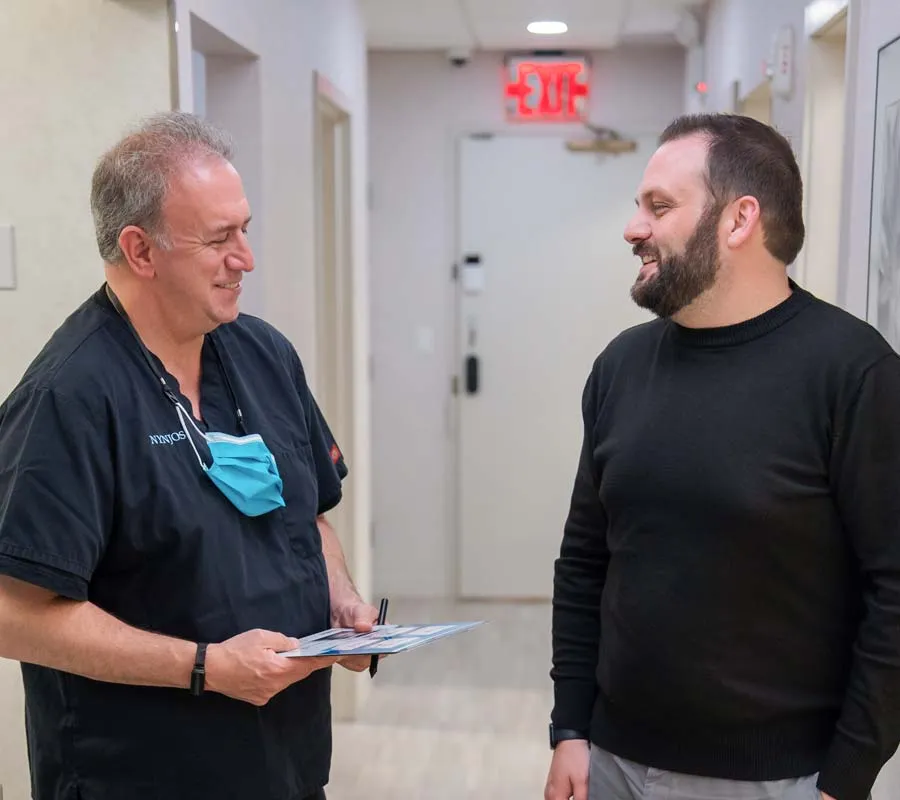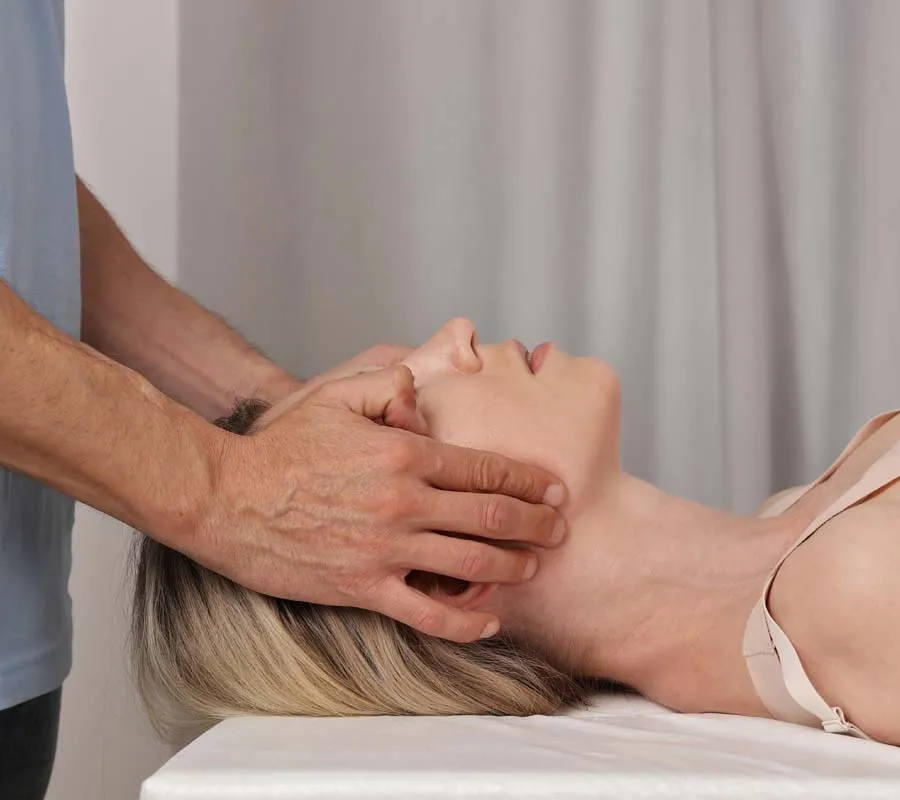
Tongue Ties, Airway, & Sleep
Improve Your Life With Expert Treatment
Receive Treatment for New York Tongue Ties, Airway, & Sleep Issues
Many people don't realize that problems with sleep, breathing, and daytime fatigue can be linked to something as simple as a tongue tie or restricted airway. At Mid-Manhattan Oral Surgery, we understand these connections and how they affect your quality of life. From snoring and restless nights to chronic fatigue and difficulty concentrating, these issues can impact every aspect of your daily routine.
Dr. Calat and our team focus on identifying and treating problems with tongue ties, airway, and sleep in New York that may be affecting your life. Our comprehensive evaluation process looks at the whole picture, not just individual symptoms. Your evaluation may include:
- Assessment of your airway size to understand how its dimensions affect your nighttime breathing patterns
- Analysis of restricted airflow that might cause sleep disorders and affect your daily energy levels
- Convenient home sleep testing to measure your sleep quality and identify breathing disruptions
- Examination of how your oral health and airway function work together, since problems in one area often affect the other
- Development of personalized treatment plans designed to improve both your breathing and sleep quality

Get Personalized Care
At Mid-Manhattan Oral Surgery, we treat oral tissues that can affect your daily comfort and health. For tongue ties, Dr. Calat performs functional frenuloplasty, a precise procedure that does more than just snip the tissue.
This careful approach releases restricted tissue to improve how you speak, swallow, and breathe. Using the latest technology, our team ensures thorough treatment that focuses on your long-term comfort and function, not just quick fixes.
If you are experiencing problems sleeping, we will determine the cause and severity of your sleep disorder. A tongue-tie, restricted airway, and TMJ disorder can all contribute to sleep issues.
Using custom devices and advanced techniques, we will create a comprehensive plan to improve your sleep and overall health.

Myofunctional Therapy Completes Your Treatment
Think of myofunctional therapy as physical therapy for your mouth and face muscles. Just like you'd strengthen your leg after knee surgery, these exercises help retrain your oral muscles after a tongue-tie procedure.
Dr. Calat works closely with skilled myofunctional therapists who will guide you through exercises to improve your breathing, swallowing, and speech. This team approach helps ensure your treatment leads to lasting improvement in how you eat, speak, and breathe.
Contact Mid-Manhattan Oral Surgery today for treatment for tongue ties, airway, and sleep in New York.
Frequently Asked Questions About Tongue Ties, Airway, and Sleep
What are the signs I might have a tongue tie?
Tongue-tie (ankyloglossia) may cause trouble sticking out your tongue past your lips, a heart-shaped or notched tongue tip when extended, and difficulty lifting your tongue to the roof of your mouth. You may experience problems with speech (especially R, L, T, D, N sounds), jaw pain, and trouble with activities like licking ice cream. Infants may struggle with breastfeeding or bottle-feeding.
How does a tongue tie affect sleep and breathing?
A tongue tie can restrict proper tongue positioning, causing the tongue to sit low and back in the mouth. This may lead to mouth breathing, sleep apnea, snoring, and poor sleep quality. The restricted tongue movement can narrow the upper airway and palate, potentially causing breathing difficulties during both day and night.
What is functional frenuloplasty, and how does it differ from traditional methods?
Functional frenuloplasty is a comprehensive surgical approach that addresses both the tight tissue (frenum) and impaired muscle function of the tongue. Unlike traditional "clip-and-snip" methods, it includes releasing deeper muscle attachments and providing exercises to retrain proper tongue function. This integrated approach aims to restore full range of motion and optimal oral function post-surgery.